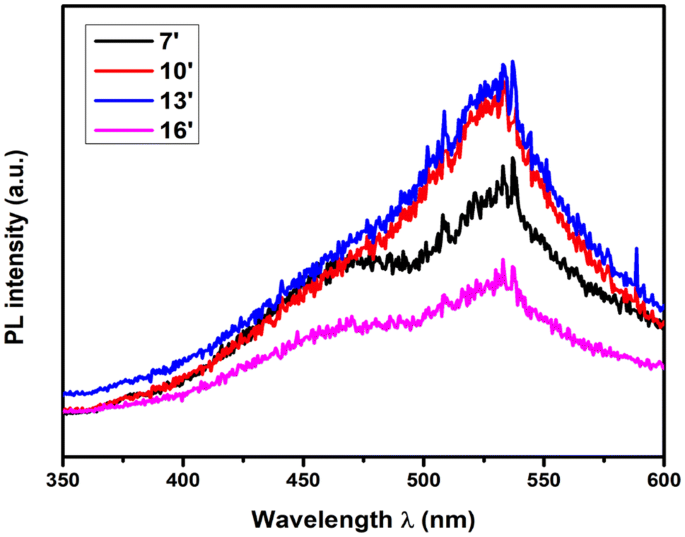

Finally, rinse the cell with distilled water and store cells dry.Ģ) Using Organic Solvents - After cleaning with the organic solvent being used, clean with ethanol or acetone and then clean using the same method as described for the aqueous solution above.ģ) For stubborn contamination - the cell may be scrubbed lightly with a cotton swab. Then clean the cell with distilled water and soak them in a dilute solution of nitric acid and a small amount of hydrogen peroxide (for about 30 minutes).

However, for more severe contamination, soak cells in a commercial cleaning solution made specifically for cleaning cells (for about 10 minutes at 30 to 50 ☌). One group uses water as the solvent and the other uses organic solvent.ġ) Using Water as a Solvent - After cleaning with purified water, clean with ethanol and store dry. These methods can be roughly categorized into few groups.

Therefore, a few of the common cleaning methods are described below. However, since describing all methods is not realistic, it does not help solve the problem. Due to the wide variety of analytical samples, a wide variety of corresponding cleaning methods are required. The reason is because of the diverse variety of samples that are analyzed. In fact, it is hard to find any specific published methods. This is a common question without a fixed answer. With specular reflection accessories samples such as mirrors and optical coatings can be measured. With the proper diffuse reflectance accessory, such as an integrating sphere, solid samples, both transparent and opaque, can be measured.

In high performance UV/Vis/NIR instruments it is common to measure other non-solution sample types. Most cuvettes are designed to fit into a 1 cm square holder in the instrument. The solvent is chosen so that it doesn’t absorb any significant amount of light in the wavelength range of interest. Beer’s Law tells us that the longer the path length of sample, the greater the sensitivity of analysis. Long path cuvettes are normally used to measure very dilute solutions. The sample cell contains a solution of the substance you are testing, usually very dilute. They are often designed so that the light beam travels a distance of 1 cm through the contents, but the path length can vary from 1 or 2 mm all the way up to 10 cm. Cuvettes are small rectangular glass or quartz containers. The majority of samples employed in UV/Vis spectroscopy are solutions placed into a cuvette for measurement.


 0 kommentar(er)
0 kommentar(er)
